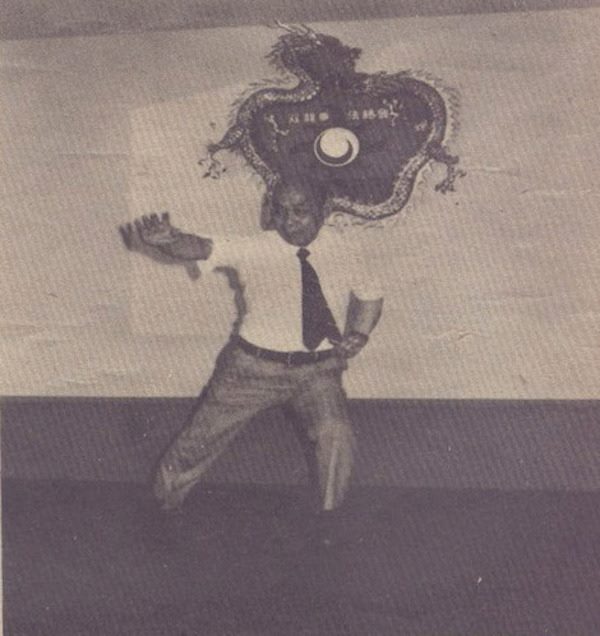
The true story of Wong Fei Hung— considered one of the fathers of modern kung fu—has little in common with the one told in the more than 70 films about him. In fact, he probably wasn’t as heroic as the protagonist of Once Upon a Time in China, or even as invincible. But he certainly was passionate and knowledgeable, and his role in the real world of Hung ga and Chinese martial arts was at least as important as that of the fictional character bearing his name, brought to screens around the world by Jet Li.
Wong Fei Hung defined four forms with bare hands during his martial career: Gung ji fuk fu kuen, Fu hok seung ying kuen, Ng ying kuen, Tit sin kuen. Today we deal with the first two, which represent the technical pillars of the Hung school.